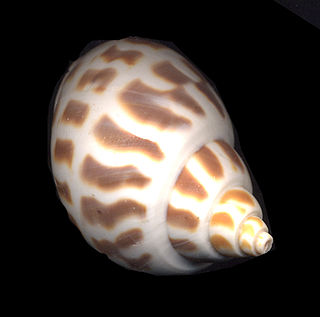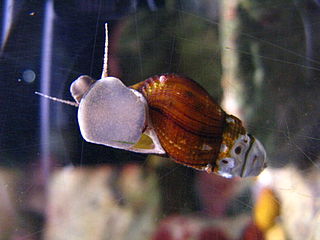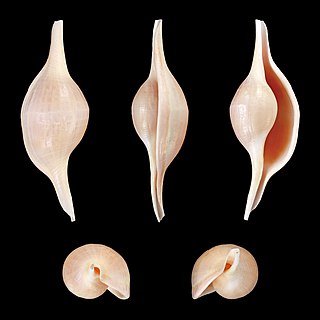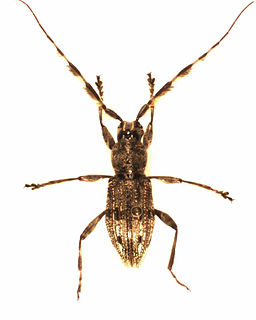Ogasawarana is a genus of land snails with an operculum, terrestrial gastropod mollusk in the family Helicinidae, the helicinids.
Ogasawarana habei is a species of land snail with an operculum, a terrestrial gastropod mollusk in the family Helicinidae, the helicinids.
Antiplanes habei is a species of sea snail, a marine gastropod mollusk in the family Pseudomelatomidae.
Nipponaphera habei is a species of sea snail, a marine gastropod mollusk in the family Cancellariidae, the nutmeg snails.
Nipponacmea habei is a species of sea snail, a true limpet, a marine gastropod mollusk in the family Lottiidae, one of the families of true limpets.

Nipponacmea is a genus of sea snails, the true limpets, marine gastropod mollusks in the family Lottiidae.
Nipponaphera is a genus of sea snails, marine gastropod mollusks in the family Cancellariidae, the nutmeg snails.

Babylonia is a genus of sea snails, marine gastropod mollusks in the family Babyloniidae.

Semisulcospira is a genus of freshwater snails with an operculum, an aquatic gastropod mollusks in the family Semisulcospiridae.

Volva habei is a species of sea snail, a marine gastropod mollusk in the family Ovulidae, the ovulids, cowry allies or false cowries.
Peasiella habei is a species of sea snail, a marine gastropod mollusk in the family Littorinidae, the winkles or periwinkles.
Peasiella is a genus of sea snails, marine gastropod mollusks in the family Littorinidae, the winkles or periwinkles.

Distorsio habei is a species of medium-sized sea snail, a marine gastropod mollusk in the family Personidae, the Distortio snails.

Distorsio is a genus of medium-sized sea snails, marine gastropod mollusks in the family Personidae, the Distortio snails.

Porcellana is a genus of decapod crustaceans in the widespread family Porcellanidae, the porcelain crabs, which superficially resemble true crabs. The genus Porcellana includes the following species:
The Southern Loloish or Southern Ngwi languages, also known as the Hanoish (Hanish) languages, constitute a branch of the Loloish languages that includes Akha and Hani.
Apicalia habei is a species of sea snail, a marine gastropod mollusk in the family Eulimidae.

Parmenini is a tribe of longhorn beetles of the Lamiinae subfamily.
Habei is a Southern Loloish language of Yunnan, China. Hsiu (2018) suggests that Habei belongs to the Bisoid branch.
The Bisoid (Phunoi) languages belong to the Southern Loloish (Hanoish) branch of the Sino-Tibetan language family. Most Bisoid languages are spoken in Phongsaly Province, northern Laos, with smaller numbers of speakers living in China (Yunnan), Vietnam, Myanmar, and northern Thailand.








